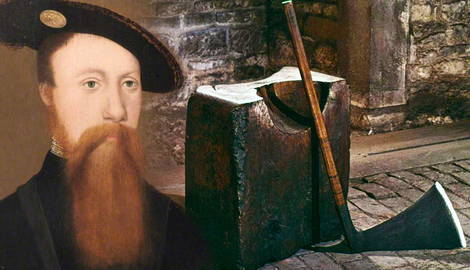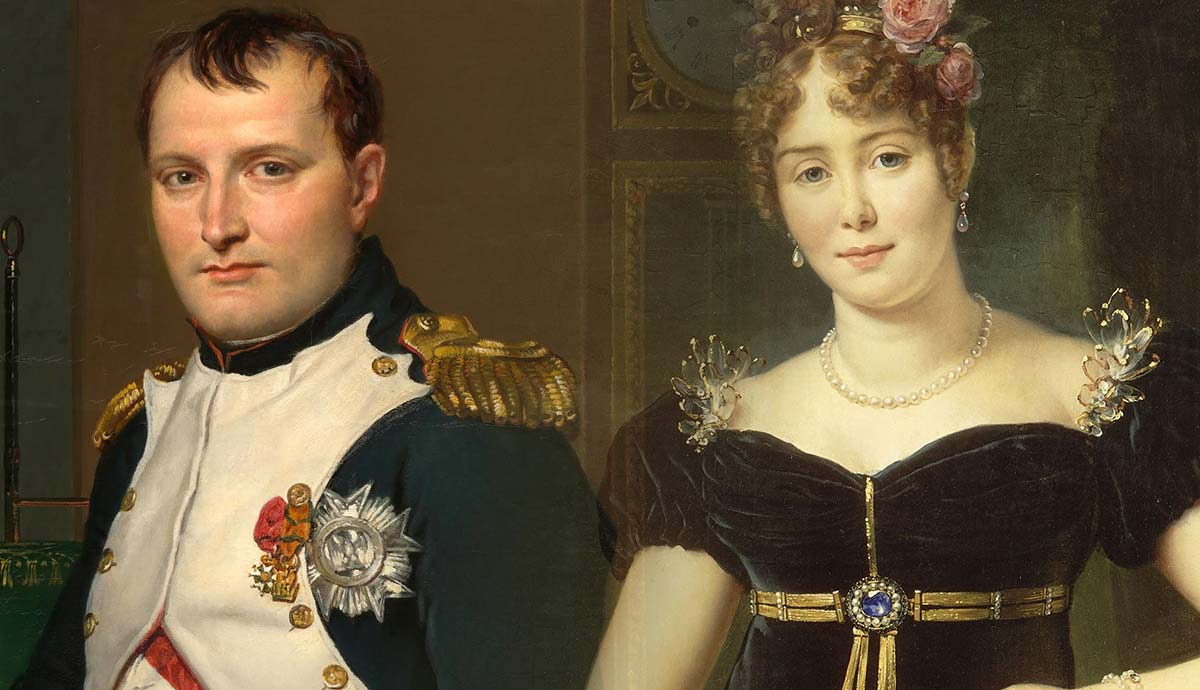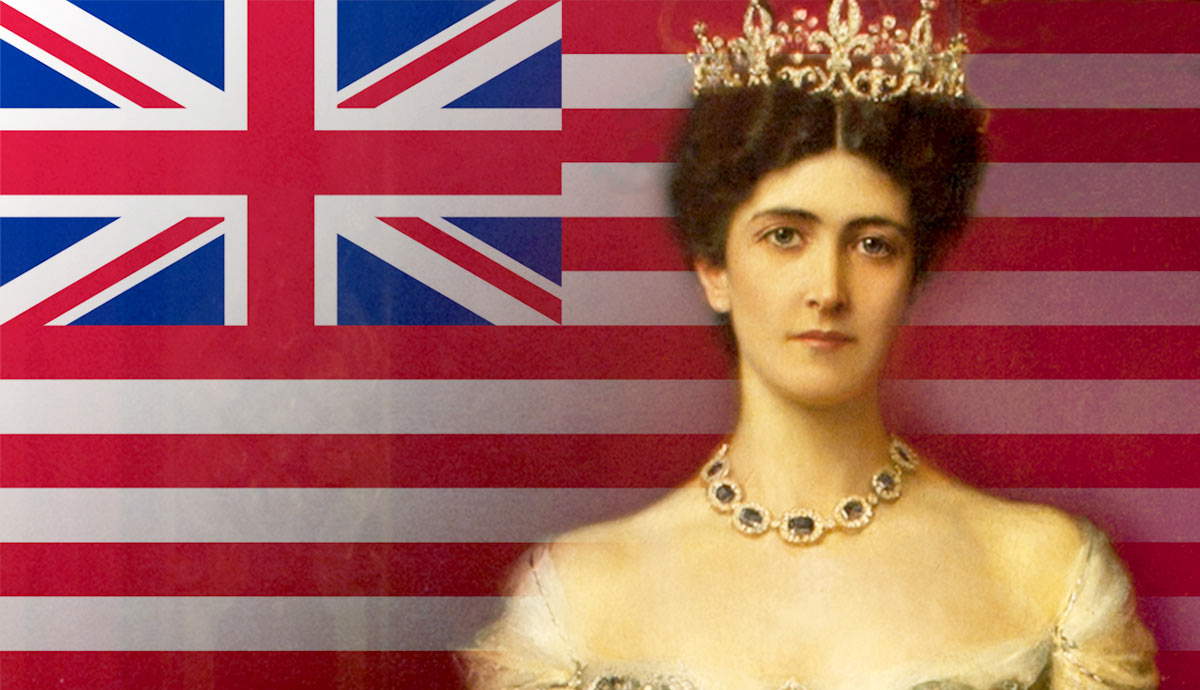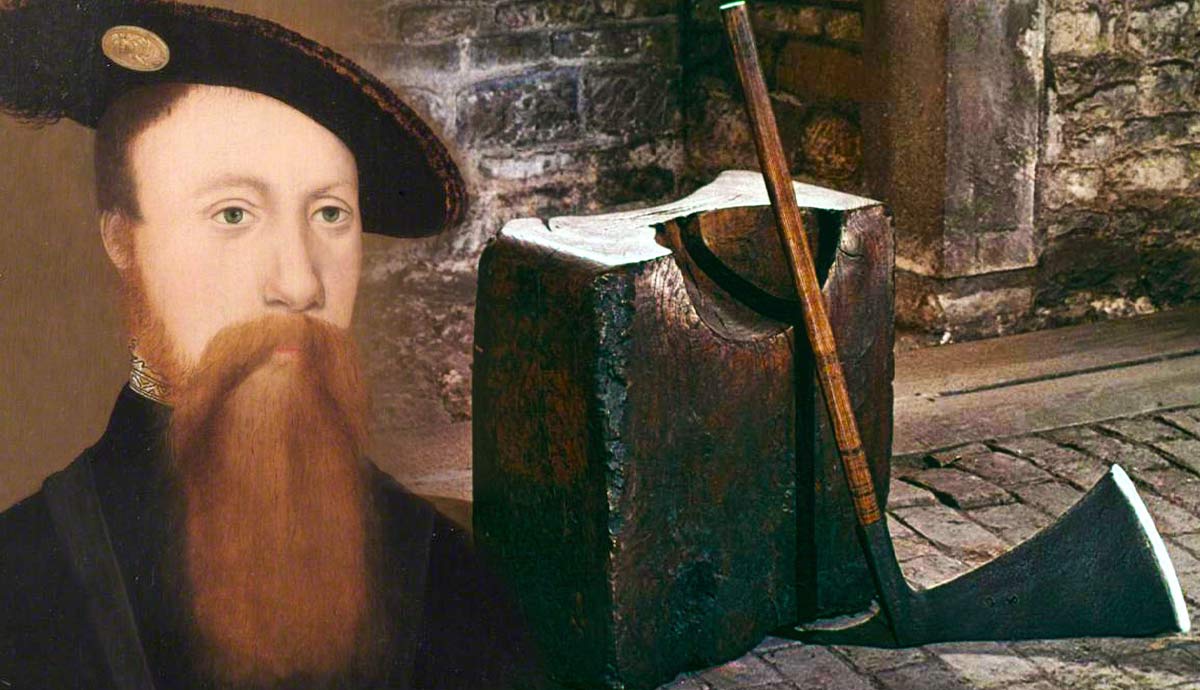
Elizabeth I lived through some incredibly turbulent times. There was the state-sanctioned murder of her mother when she was just a toddler, her father’s many failed marriages and the resultant comings and goings of a parade of stepmothers, and then the dynastic firebomb that was her father’s death. One man wanted to steer her future and take her influence and political power for himself. That man was the brother of one of her stepmothers, the uncle of her younger brother, and a man destined to die in the same place her mother did: Thomas Seymour.
Seymour, Using Age and Charm as a Weapon
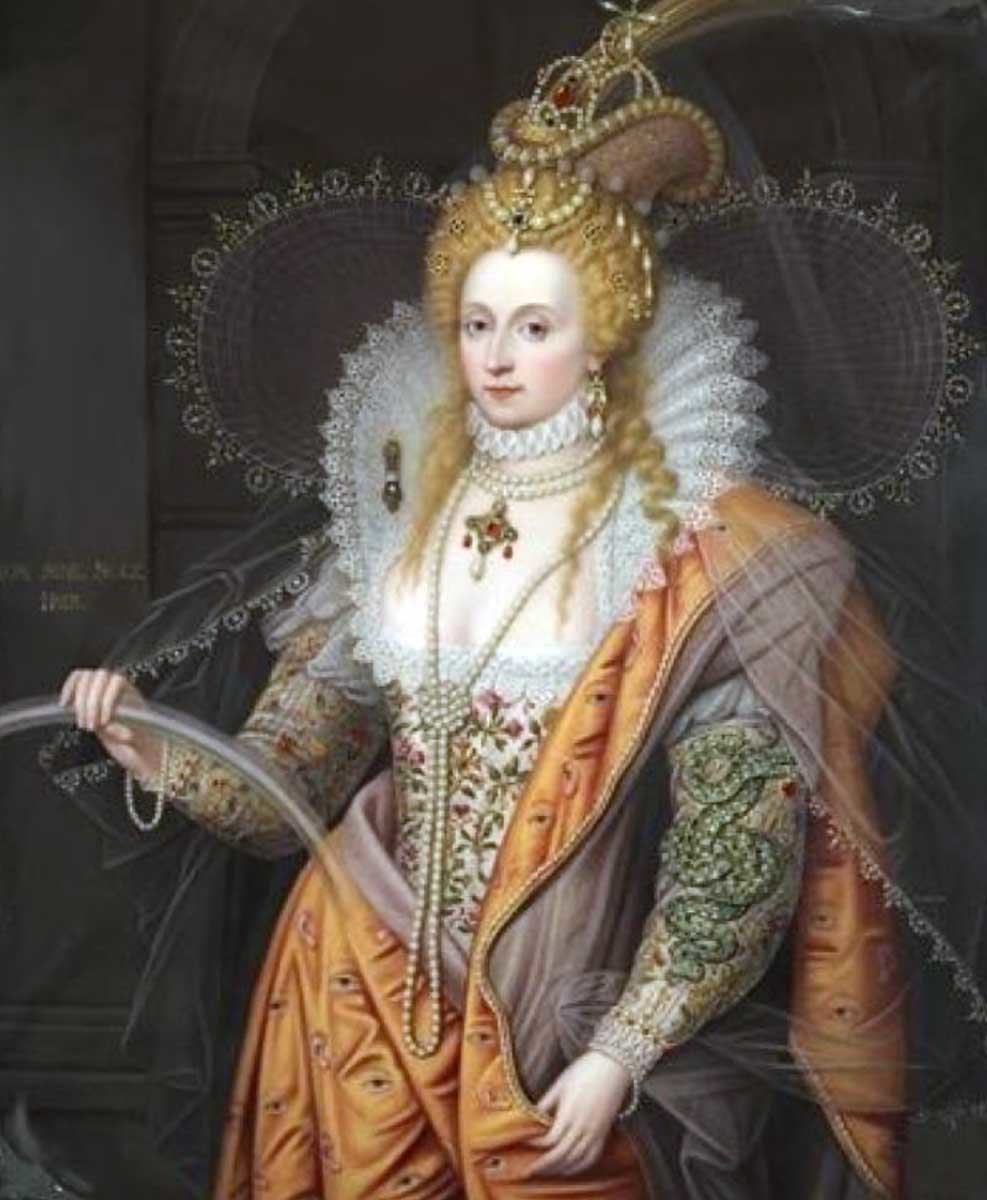
Before Thomas Seymour ever wreaked havoc in Elizabeth’s life, he had his sights set on her stepmother, Katherine Parr, who was much closer to his age. Let’s rewind a bit—back to 1547 when Seymour decided to test his luck with the then 13-year-old Elizabeth.
Fresh off his broken fling with the recently widowed Katherine (who had, in the ultimate plot twist, ended up marrying Henry VIII instead), Seymour sent Elizabeth a marriage proposal. Was this a power play? Was this a ploy to make Katherine jealous for choosing king and country over her heart? It was terrible timing as Elizabeth was in mourning for her father. The tyrant king had died just a year earlier, but that didn’t stop Seymour from making his move.
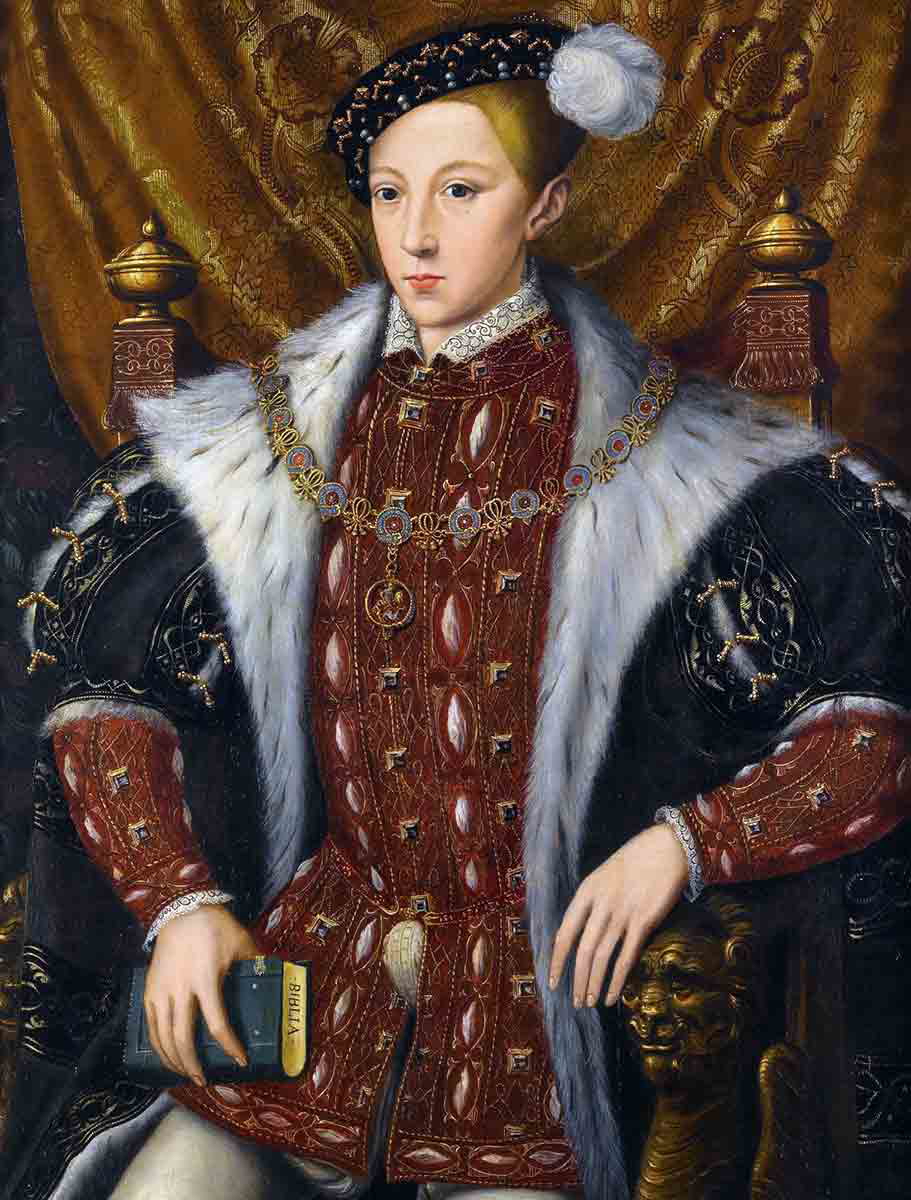
Elizabeth, ever sharp even in those formative years, politely rejected the proposal, claiming she was too young and had obligations in mourning for her father. A slick and reasoned response from a girl who had probably seen more political maneuvering by age 13 than most people see in a lifetime.
Seymour was more than two decades older than Elizabeth—a seasoned 38 to her fresh-faced 13. The age difference didn’t seem to bother him one bit and, to be fair, it wasn’t unheard of in Tudor England among the noble echelon. You have to admire Elizabeth’s poise; she didn’t just brush him off, she did it diplomatically, writing her refusal in a letter her tutor would have been proud of.
Seymour, however, wasn’t someone to hear “no” and believe it to be a final answer. He came from quite the background: the fourth of six strapping sons born to Sir John Seymour and Margery Wentworth, he boasted royal blood through descent from Edward III (yes, that Edward III, the warrior king from the 1300s). His family had a solid reputation and was firmly ensconced within the court. His father had been knighted by Henry VII after the Battle of Blackheath, and Thomas himself was knighted in 1537—quite the résumé, if he hadn’t been, well, rather full of it.
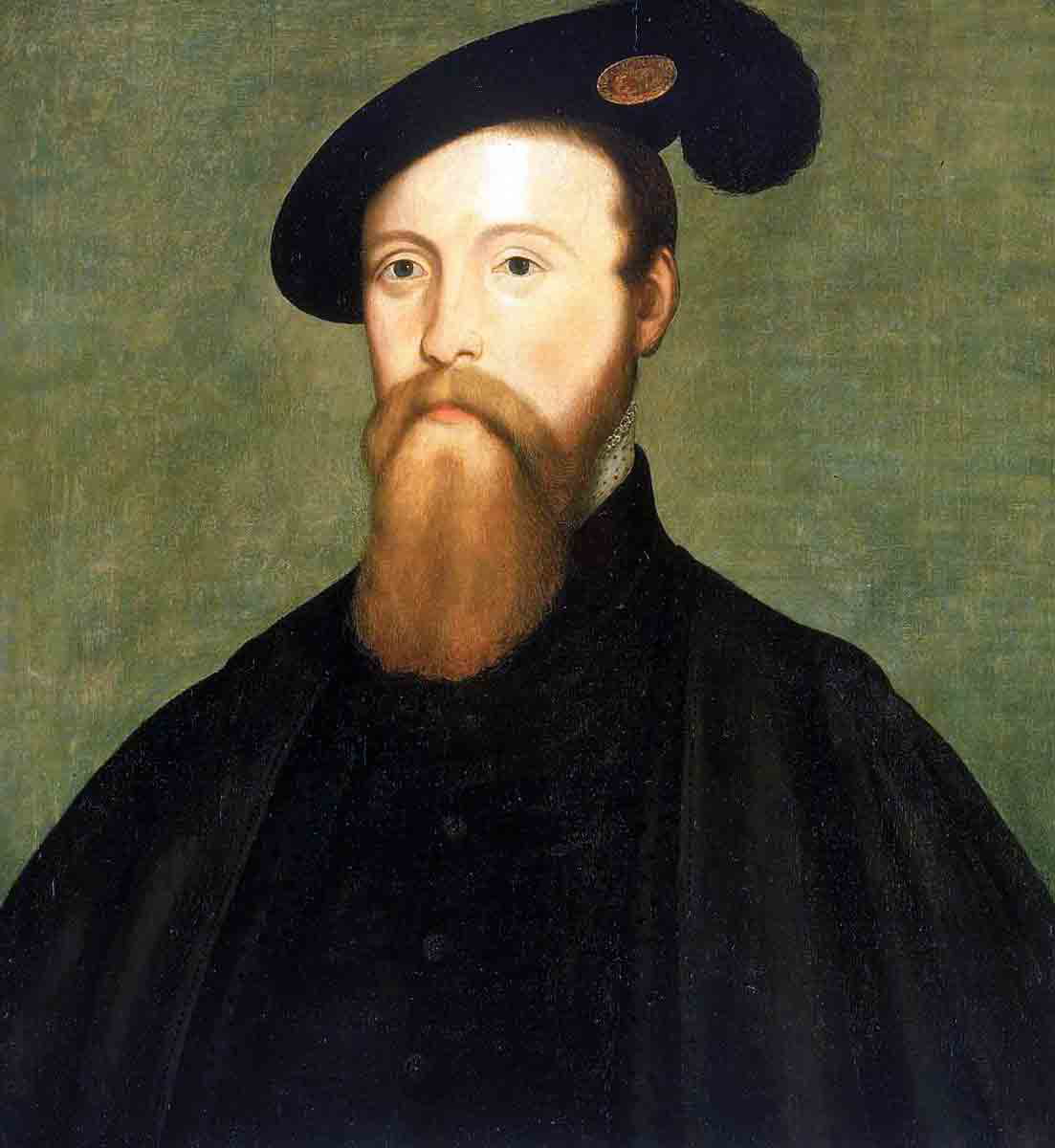
He managed to carve out a comfortable existence, snatching up monastic land after the Dissolution and getting knighted, but he was always aiming for more—particularly in the form of power through proximity to the throne. When he fell for the widowed and wealthy Katherine Parr in 1543, she ended up marrying Henry VIII instead. As Jane Dunn puts it in Elizabeth & Mary, Katherine had “sacrificed her heart for the sake of duty.”
Clearly, Seymour was not someone who was comfortable with knowing his place. This is when his eyes wandered to the middle school-aged Elizabeth (though middle school itself, or any state-mandated education, was a concept far in the future for Tudor folks). His charm, coupled with his older, experienced man act, was less a romantic gesture and more a weapon to wield for power. Katherine’s rejection of him to become England’s queen hadn’t knocked him down, so Elizabeth’s well-written refusal certainly didn’t either. Instead, he just got a little more creative and a lot more reckless.
Seymour, Destroyer of Elizabeth’s Only Happy Home Life
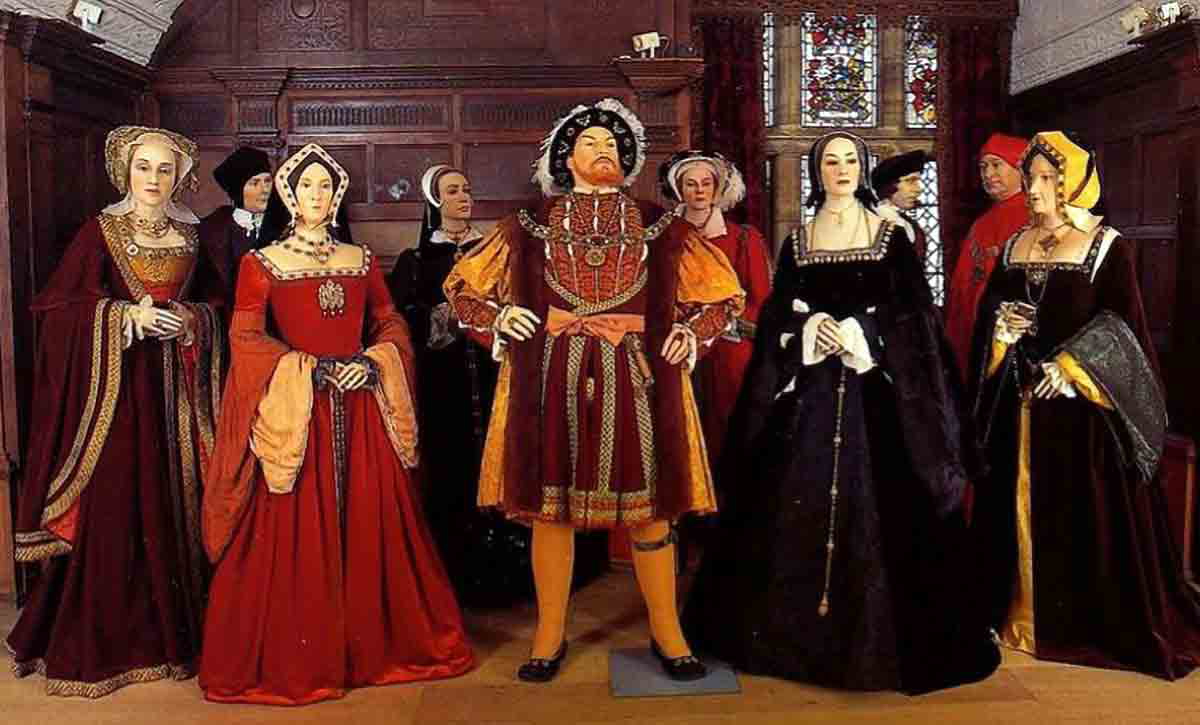
Before Thomas Seymour came barreling into Elizabeth’s world, things were… actually kind of nice for once. Thanks to her stepmother, Katherine Parr, Elizabeth was finally starting to feel like part of a real family after years of being sent from court and ignored by her father. Katherine had achieved something remarkable—she’d managed to reconcile Henry VIII with his three children: Mary, Elizabeth, and Edward, despite his ire toward two of their three mothers.
This wasn’t just some family squabble patched over tea and biscuits and savvy Katherine knew it. Katherine’s efforts had massive implications for the Tudor era. It was under her influence that Henry restored Mary and Elizabeth to the line of succession, a move that put both women back in the running for the throne, though firmly behind Edward and any children Henry and Katherine would potentially produce together.
This new consort, who had experience stepmothering children from a previous marriage, basically glued the family back together from scattered shards. Elizabeth, at long last, had a woman in her life who could be trusted.
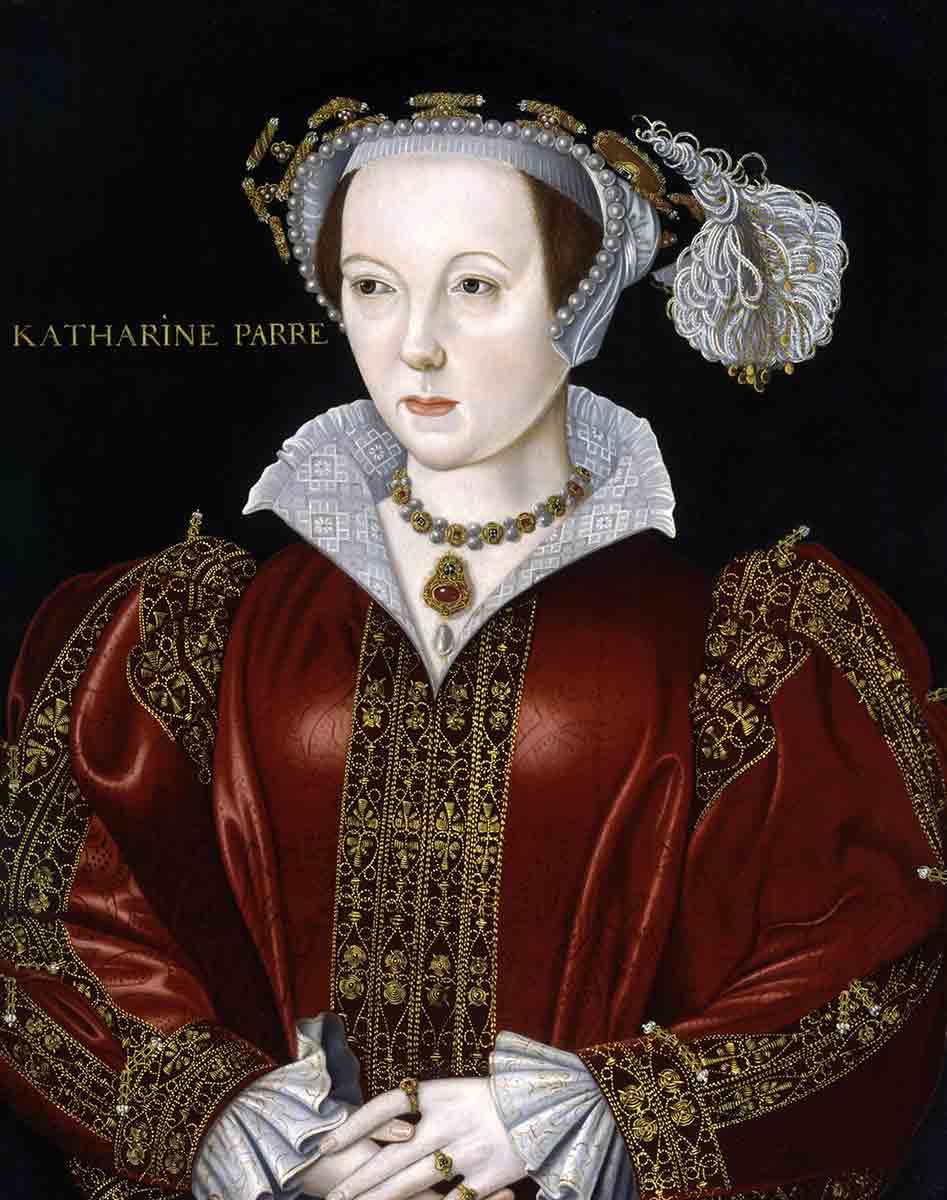
Katherine Parr wasn’t just playing house and coddling the tykes. She was one of the few strong and learned female leaders Elizabeth had ever known, for which the young girl admired her deeply. When Henry went off to battle in France, he left Katherine as regent, something he’d only trusted one other woman to do—essentially putting her as the highest arbiter in the land. It was a power move that made it clear to both Elizabeth and Mary that a woman could rule, and queenship could be effective. Let’s be honest, in a time when strong, empowered female role models weren’t exactly growing on trees in the English countryside, this was huge.
Elizabeth’s feelings for Katherine were best summed up in her letters and by her own words. In one, written after she’d been hastily sent away, Elizabeth poured her heart out to her stepmother. She spent most of the missive apologizing for not expressing her gratitude properly during their goodbye because she was “replete with sorrow” at having to leave Katherine’s side.
The letter practically screams confusion and heartbreak, but it also shows just how much she valued Katherine’s opinion and their connection. Katherine, after all, had been a positive force in Elizabeth’s life, encouraging her love of learning, and her growing Protestant faith. Elizabeth was a Boleyn by birth, with all the sharp wit and ambition of the mother she never really knew, and Katherine seemed to nurture those qualities instead of finding shame in them.

But then along came Thomas Seymour, charming his way into Katherine’s heart once again. It is clear Katherine adored Seymour during this early period of their secret courtship and marriage, maybe even blindly. She suffered a lot to be with him including the scorn of her two other stepchildren from the king. When she made a home with him, Elizabeth went with her, and this was the beginning of the end for Elizabeth’s sense of a steady family.
Katherine seemed to look the other way as her husband roughhoused with and made visits to Elizabeth’s bed chamber only half dressed in the mornings—though no one should forget that his sporting behavior was toward a young lady he had recently proposed to before this union with Katherine.
However, as her husband’s antics with the young princess became impossible to ignore—like the time she walked in on Elizabeth in his arms in what was deemed an “embrace”—Katherine was forced to face reality. When she finally woke up to what was happening, she acted quickly, sending Elizabeth away.
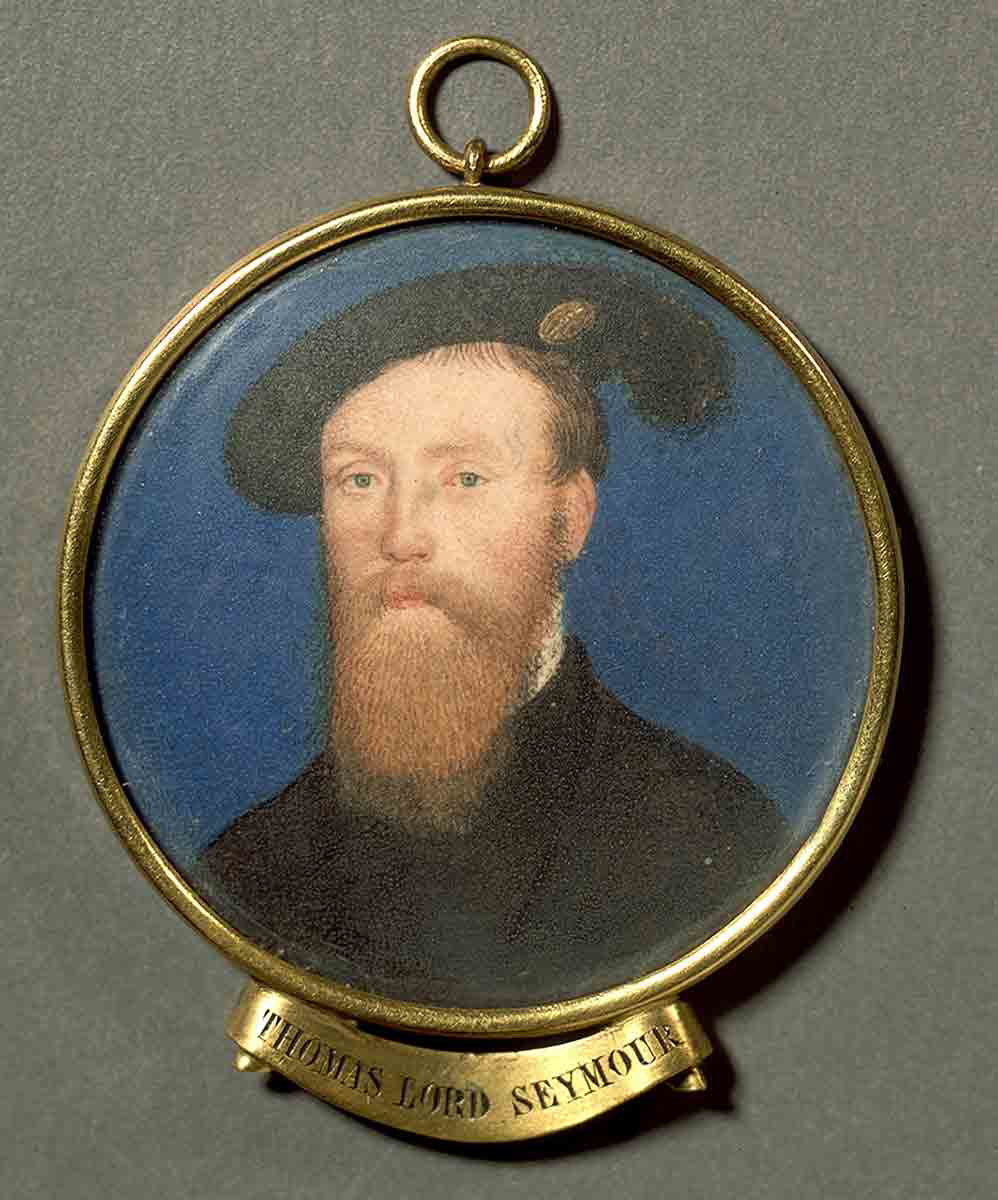
Elizabeth’s reaction? Utterly heartbroken and confused. Her letter after the abrupt dismissal from the household is packed with words of hurt and sorrow. She was desperate for reassurance that Katherine still cared about her, despite all the tumult. The whole situation wasn’t just awkward—it was scandalous. Even by the standards of Tudor England, people were side-eyeing the entire affair, whispering, “This is not okay.”
Katherine’s home had once been a haven for Elizabeth. Under her stepmother’s watchful eye, Elizabeth was thriving intellectually and emotionally, soaking up Katherine’s strength as a leader alongside Jane Grey. Then, thanks to Seymour’s meddling, that peaceful and quiet female sanctuary was shattered. Katherine, who had likely convinced herself that everything was fine for far too long, ended up sacrificing Elizabeth in the venture to keep her marriage and the pregnancy within it respectable. It was a harsh lesson for Elizabeth—one she would never forget—and it solidified in her mind the need to protect her own reputation at all costs.
Rumors of Marriage and Pregnancy

What is a royal dust up without a bit of juicy gossip for the people to mull over? As this was before television, the royal rumor mill was the Netflix of the day. During the height of the Thomas Seymour debacle, wild tales circulated that Elizabeth might have been pregnant with Seymour’s child. Take a pause here to appreciate the sheer audacity of that claim. At the time, Elizabeth was just 14 years old, and while Seymour had clearly crossed some inappropriate lines, the idea that they’d managed to carry on a secret affair and produce a child was almost too outlandish to believe. Almost.
Many historians have chalked up these rumors to nothing more than slanderous attempts to ruin Seymour, who, by then, had already done a fine job of digging his own grave. Elizabeth’s ruin then was just a byproduct of the bid to take down Thomas. After all, this was the same fellow who tried (and failed) to kidnap King Edward VI—an act so reckless that even the “mucky mucks” in power, including his own brother, were eager to see his head roll. Did they really need to throw in a scandalous pregnancy accusation for good measure? Probably not. After all, Thomas had shot and killed the boy-king’s beloved pup.
In her book Elizabeth: Virgin Queen? Philippa Jones dives into some of these theories, suggesting that Elizabeth may have had not just one, but multiple illegitimate children. According to Jones, there is a possibility that Elizabeth could have had a baby with Thomas Seymour—and then later, perhaps more with her lifelong favorite, Robert Dudley.
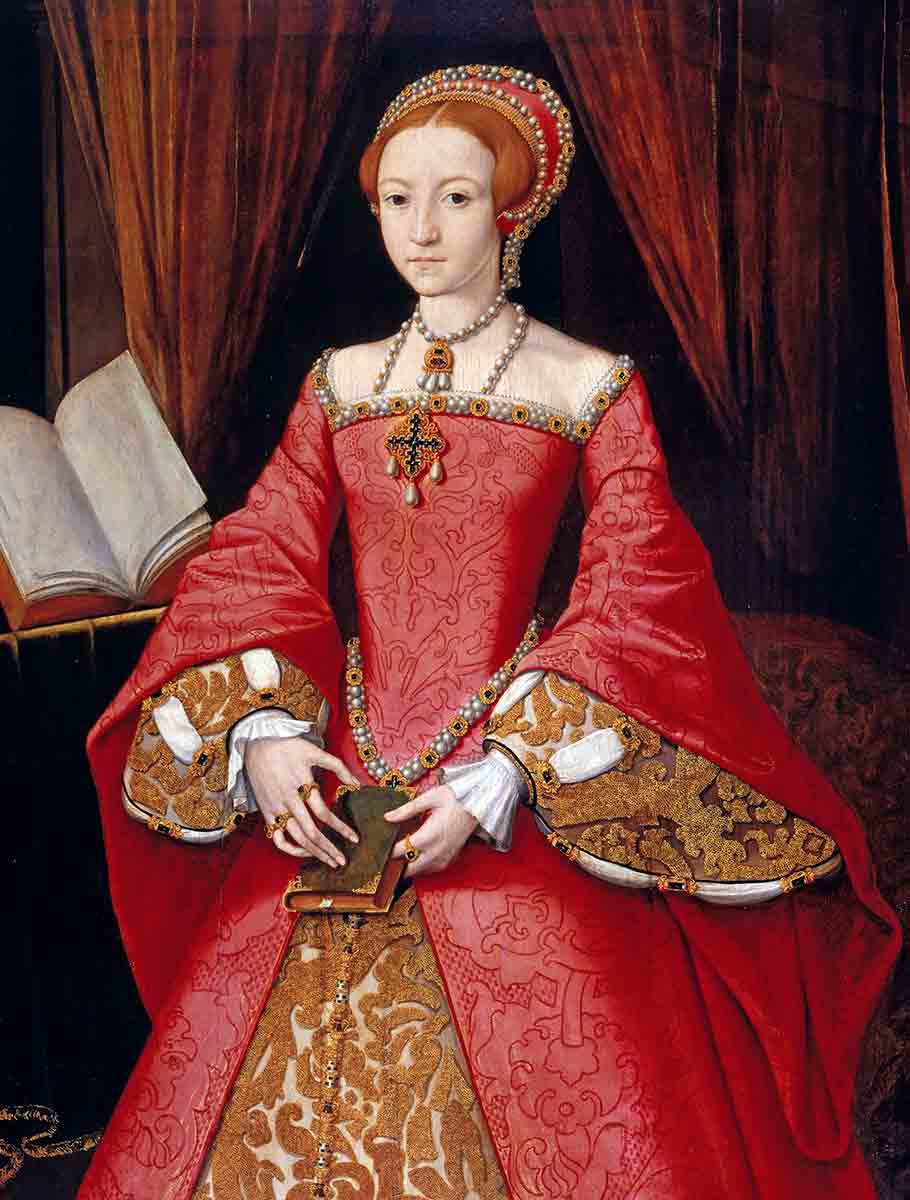
Now, to be fair, this theory of Elizabeth being a mother has never exactly held up under a microscope. As much as people love to speculate, keeping a royal pregnancy under wraps (especially one that involved a princess as scrutinized as Elizabeth) should’ve been impossible. We’re talking about court in Tudor England—a place where you couldn’t sneeze without someone noting it in a letter sent to other bastions of power abroad. And yes, there is evidence of people attempting to pay servants and ladies for information about Elizabeth’s periods. Therefore, the idea of hiding an entire pregnancy and birth is a bit of a stretch.
Even once Elizabeth became queen, this secret would have been bound to leak at some point; though proponents of the Elizabeth-and-Thomas-baby theory would argue, “Maybe it did.”
That being said, it is no surprise that people believed such rumors about the princess. Elizabeth was Anne Boleyn’s daughter, and in the eyes of the Tudors, she became stained with her mother’s supposed treachery. Anne’s rumored witchcraft followed her everywhere, and the belief in the “bad seed” theory—where sin is supposedly passed down from parent to child like a genetic disease—was rampant.
Elizabeth’s quick wit and political maneuvering may have saved her from the worst of the Seymour scandal, but her already shaky reputation plummeted. And, for a young princess whose mother was the most infamous woman in Christendom, many were looking for an excuse to condemn her.
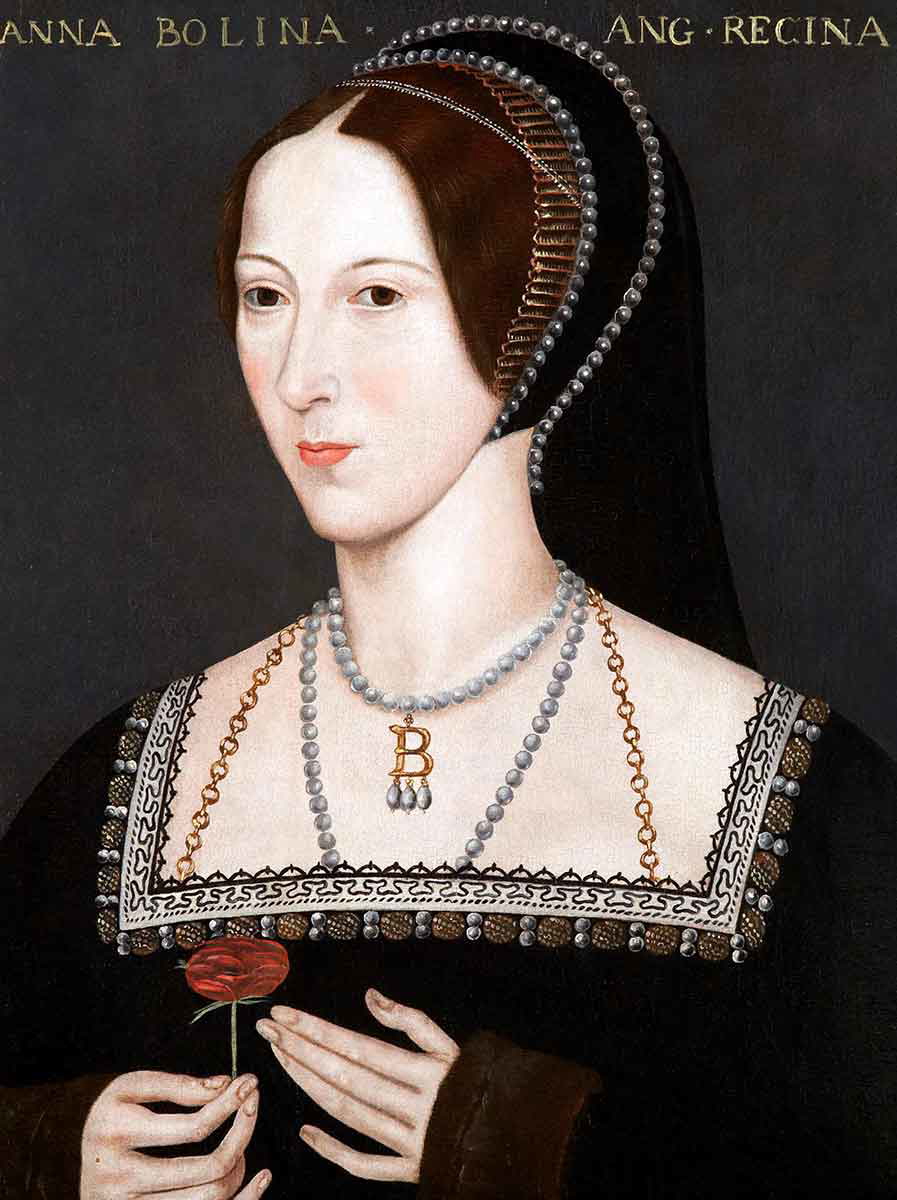
Holding her own in the face of interrogations conducted by grown men, Elizabeth emerged from the whole mess with her head held high but her name somewhat bruised. To restore her standing, she spent the remainder of her brother Edward’s reign emphasizing her piety and respectability. Plain clothing, prayer book in hand—it was Elizabeth’s way of saying, “Behold my unimpeachable innocence.”
Did any of these rumors about pregnancy or secret children ever hold any water? Modern historians pretty much agree: not likely. They dismiss the gossip as little more than the usual court speculation designed to bring down powerful figures—because when you’re on top, people just love to watch you tumble.
Downfall of Thomas Seymour and Elizabeth’s Reaction
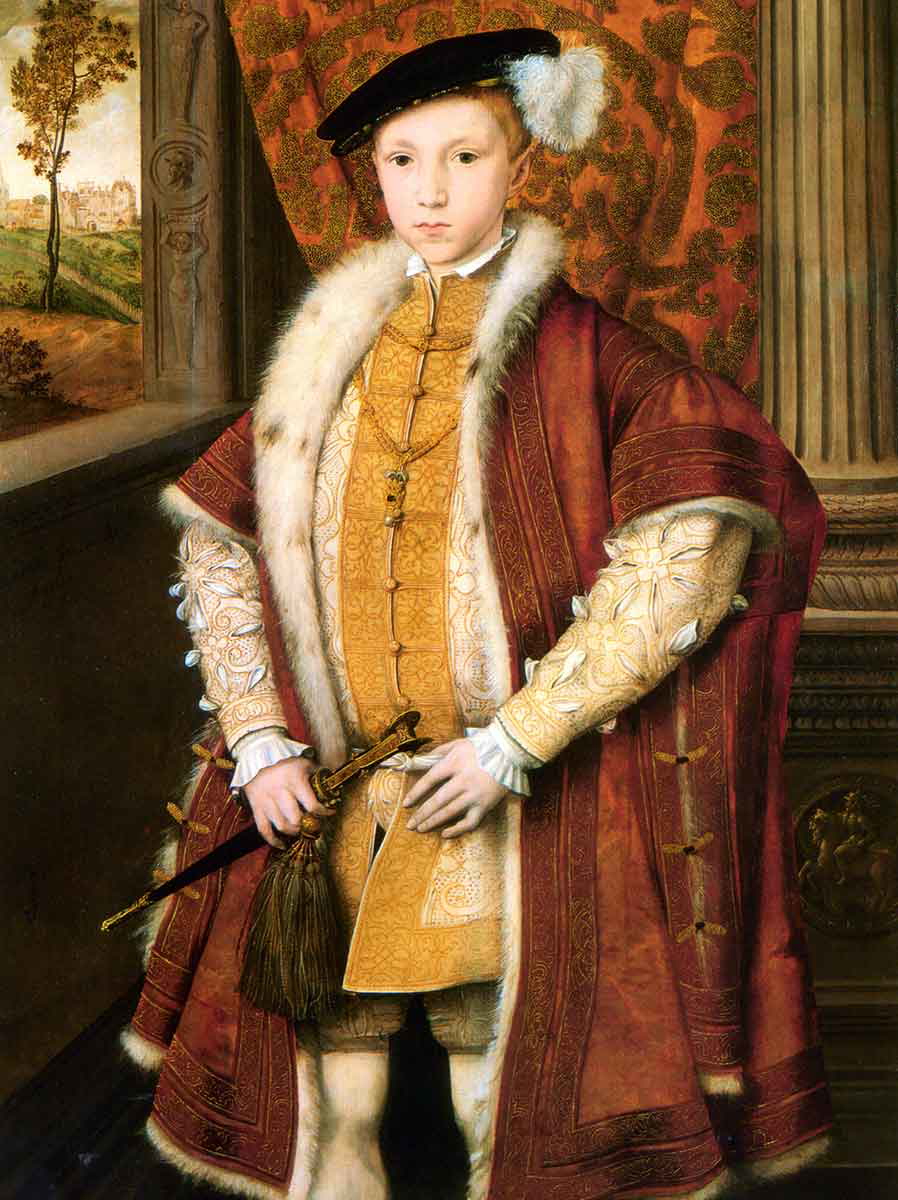
When Thomas Seymour’s life finally imploded, it was nothing short of a train wreck. And Elizabeth? She knew how to keep her cool in the face of chaos. After all, she was both Tudor and Boleyn and had lived through the execution of one stepmother and the divorce of another. So, when Thomas was finally sent to the executioner’s scaffold, what did Elizabeth reportedly say? “This day died a man of much wit and very little judgment.” Talk about a sharp-tongued epitaph—though it is probably apocryphal.
Now, some historians, like Elizabeth Jenkins in Elizabeth the Great, argue that even if those words weren’t actually Elizabeth’s, they likely captured her feelings perfectly. She may have kept a stiff upper lip, but no one doubted the emotion simmering just beneath her stoic exterior. Her father had a temper for the ages, one that made his favor, and the revoking of it, the stuff of legends. Elizabeth had it too, but earned the respect of those watching her closely by keeping it mostly under wraps.
Yet up until the very end, there was reason to believe Seymour might wiggle his way out of the mess of his making. He was the king’s uncle and the brother of the Lord Protector. He’d fathered a child with the queen dowager. Surely, they’d spare him, right? Wrong. He was hit with 33 charges of treason. The only special treatment that came his way was when both his brother, Edward Seymour, and young King Edward VI delayed signing the death warrant.

However, the execution wasn’t to be put off indefinitely. On March 20, 1549, Thomas Seymour’s head met the executioner’s axe. Unfortunately for him, it took two blows to get the job done.
To make matters worse, his material possessions were returned to the Crown, the common practice with treasoners, and his fancy title of Baron of Sudeley was handed off to Katherine Parr’s surviving brother. This left his daughter with Katherine, little Mary, whose mother had died of childbed fever, orphaned and without the funds to cover her needs.
During life, being Lord High Admiral wasn’t enough for Thomas, nor was being married to the previous Queen of England—he wanted power, real power, the kind his brother held as Lord Protector. One of Thomas’s final actions was his attempt to bribe Sir William Sharington, who was busy cooking the books at the Bristol Mint, so he could invest in a coup against his brother. This was classic Thomas, always aiming high and falling hard.
It all fell apart at the end of 1548 when the Privy Council caught wind of his schemes. He was summoned to explain himself, but instead of laying low, he decided to go all-in on a wild plan to kidnap Edward VI (in the blown scheme in which he shot the boy’s dog).
Elizabeth, however, wasn’t about to get dragged down with him. She played it cool under interrogation, confirming only that yes, there had been gossip about her marrying Seymour, and yes, he had asked a few too intimate questions about her body and her finances. The emotional scars Seymour left behind were undeniable. His death marked the end of a tumultuous chapter in her life, but it also solidified her determination never to let herself be manipulated again.
